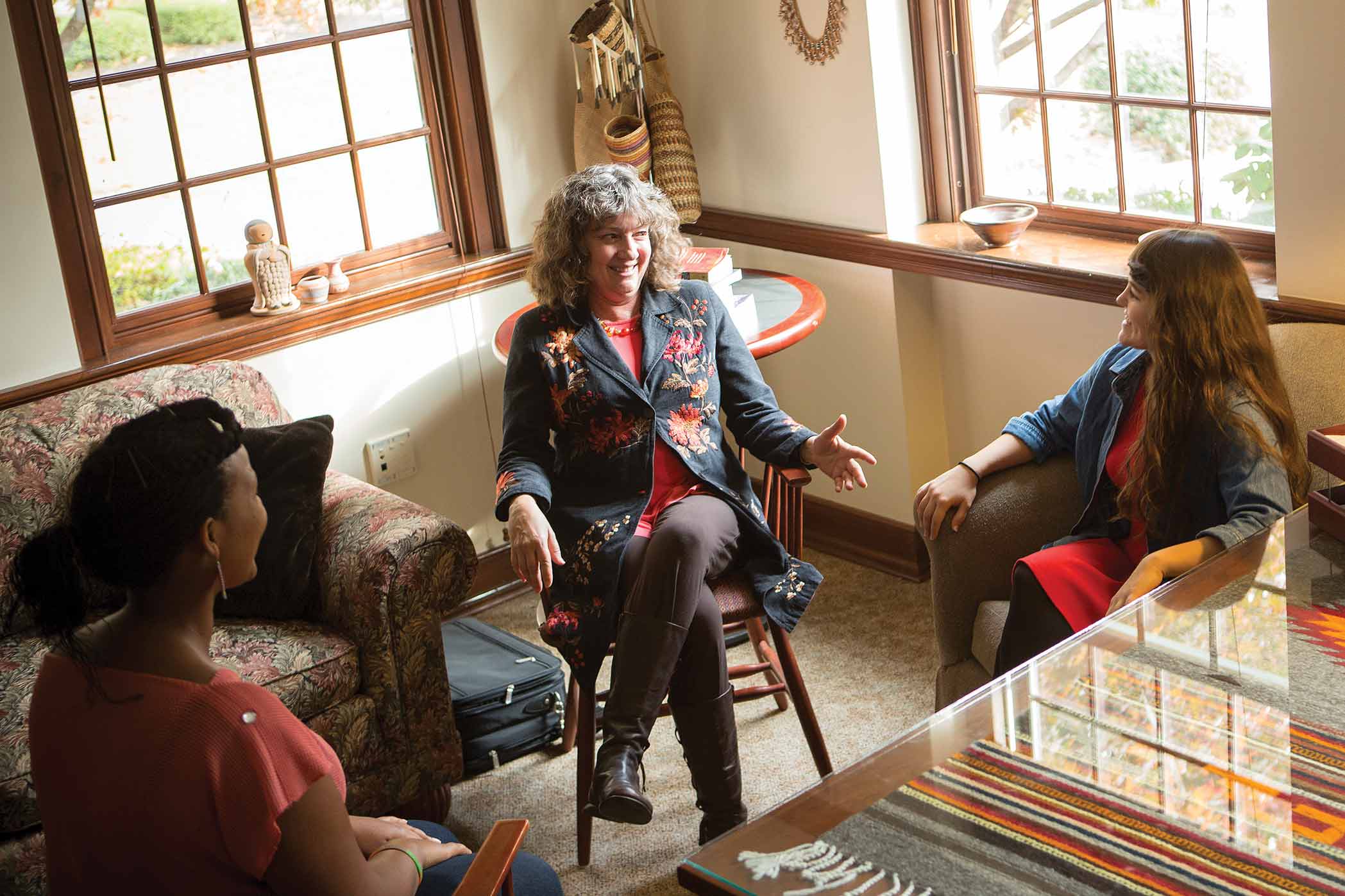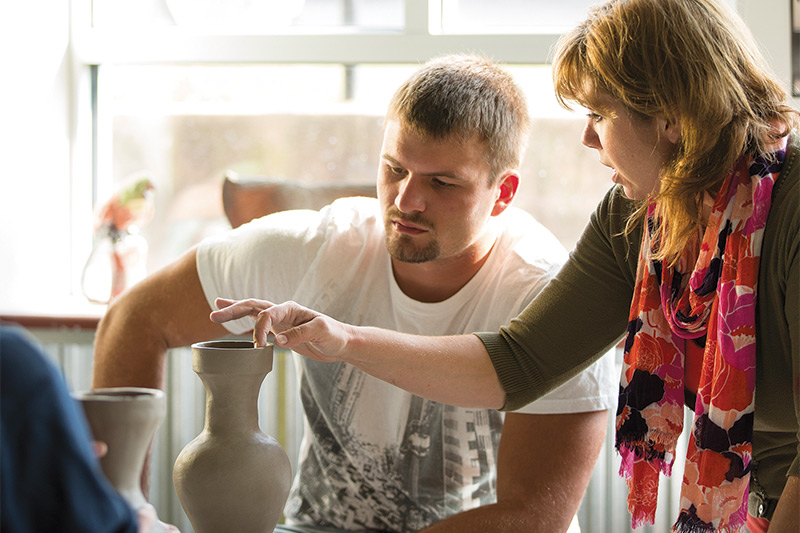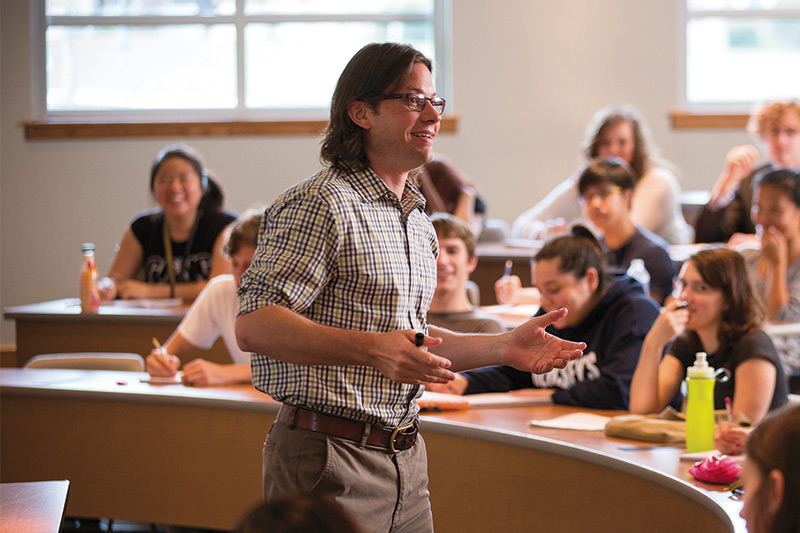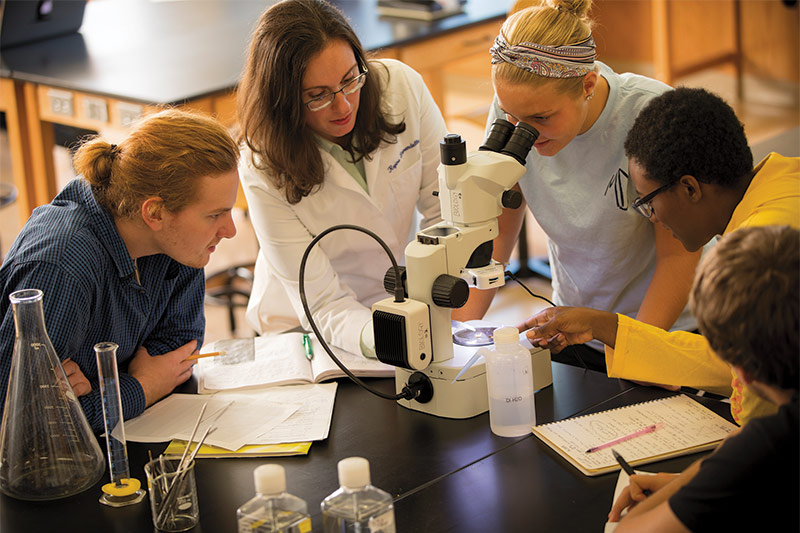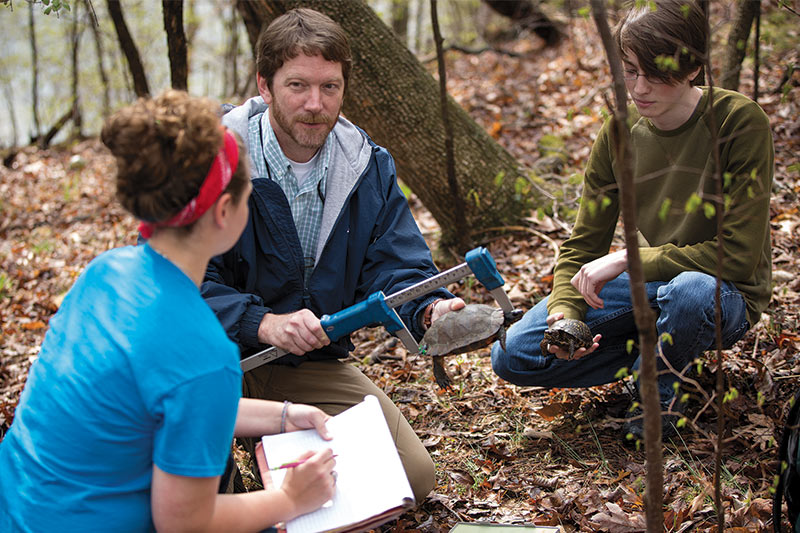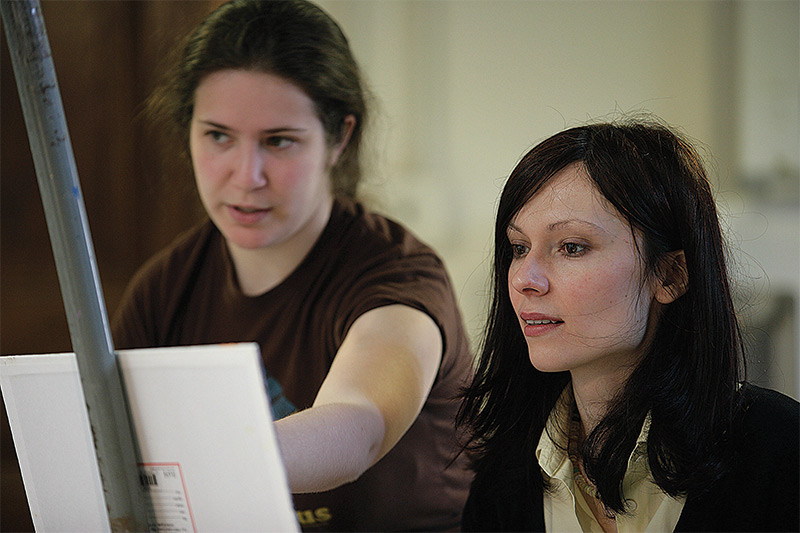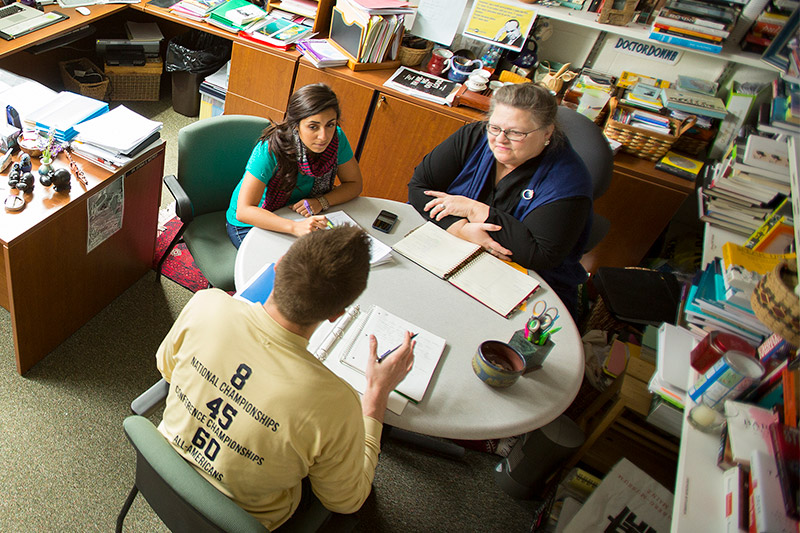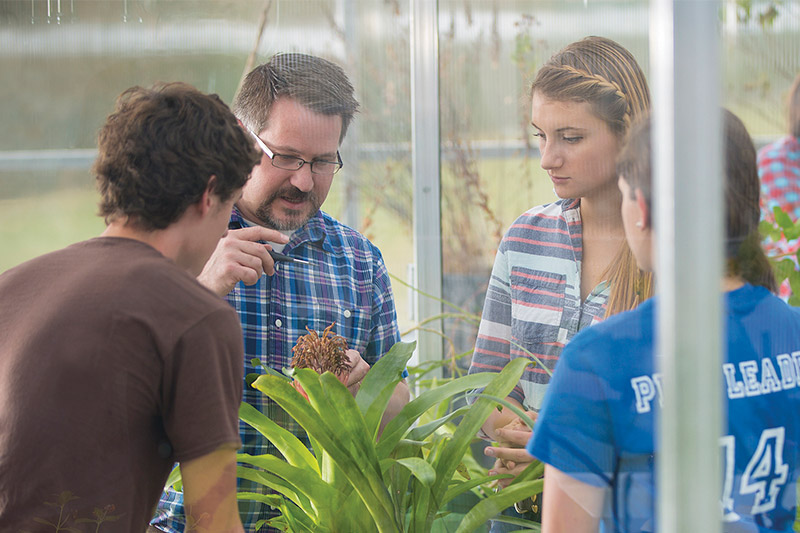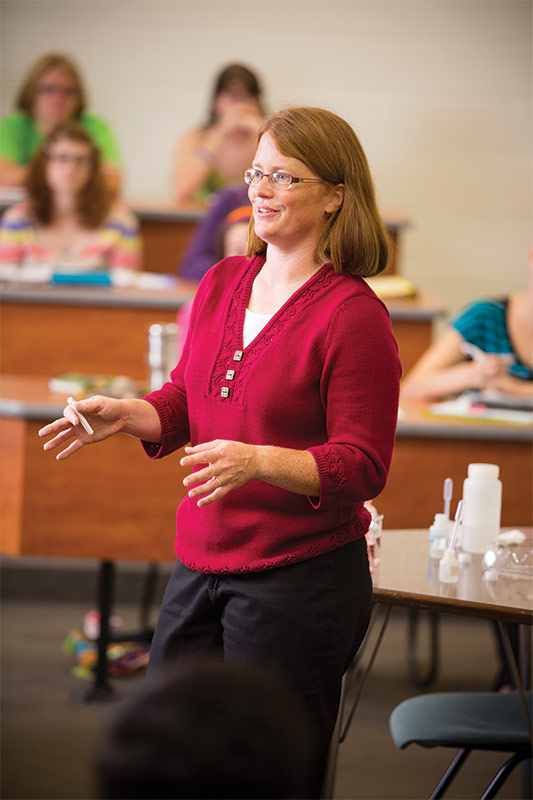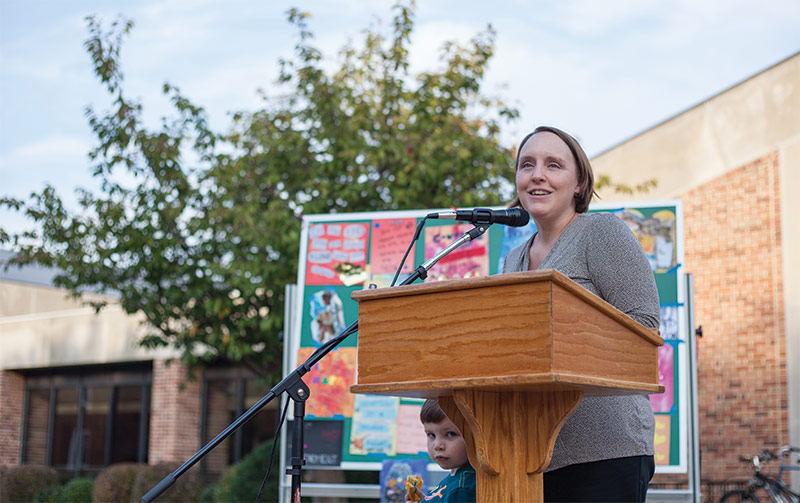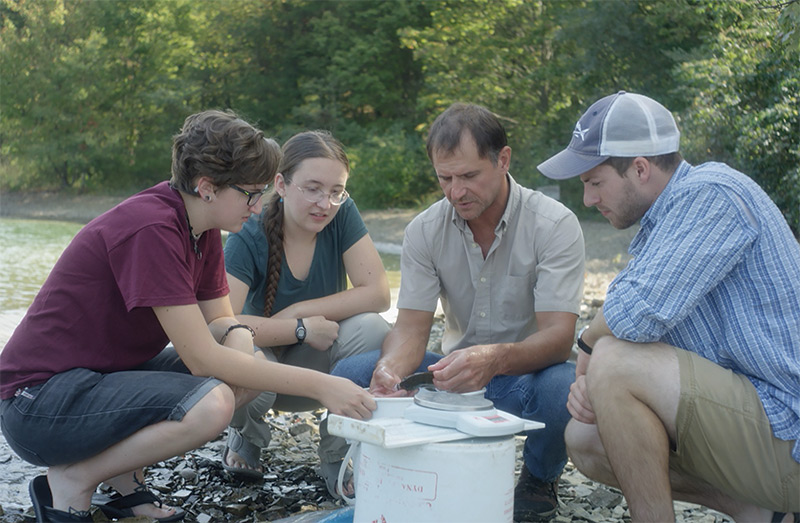Robert Boryk, assistant professor of art and ceramics studio technician, displayed his work at Sculpted and Small at the Clay Center of New Orleans in New Orleans, Louisiana, and at the Eighth Annual Workhouse Clay International, at Workhouse Arts Center in Lorton, Va.
Monika Malewska, professor of art, was invited to give a presentation on “Aesthetics of Connections: Eclecticism and Playing with Convention as well as Identifying Traditional Elements in Contemporary Japanese Art” at The Asia and Pacific Museum in Warsaw, Poland.
Gordon Stillman, assistant professor of art, was invited to participate in the Vermont Studio Center Residency program. He also published Dialectics of Seeing and Sardines.
